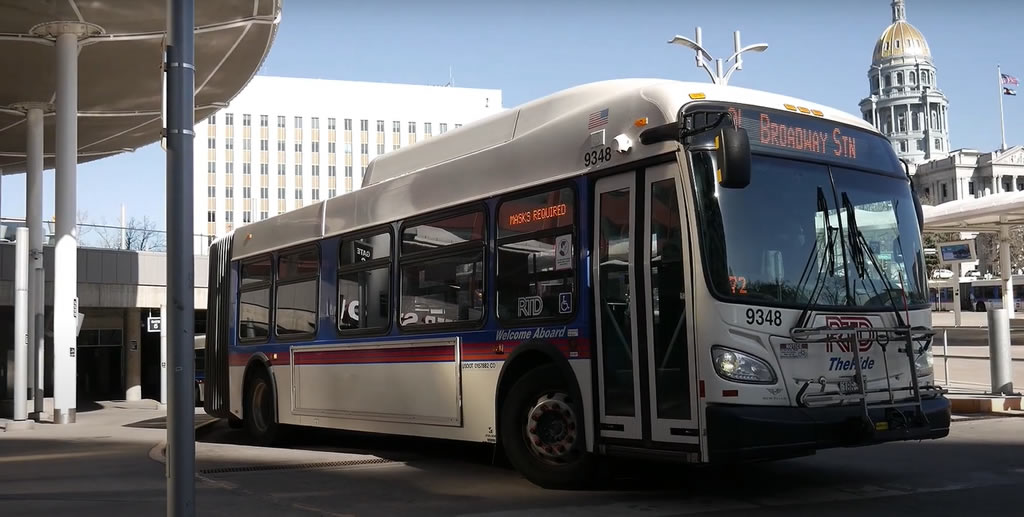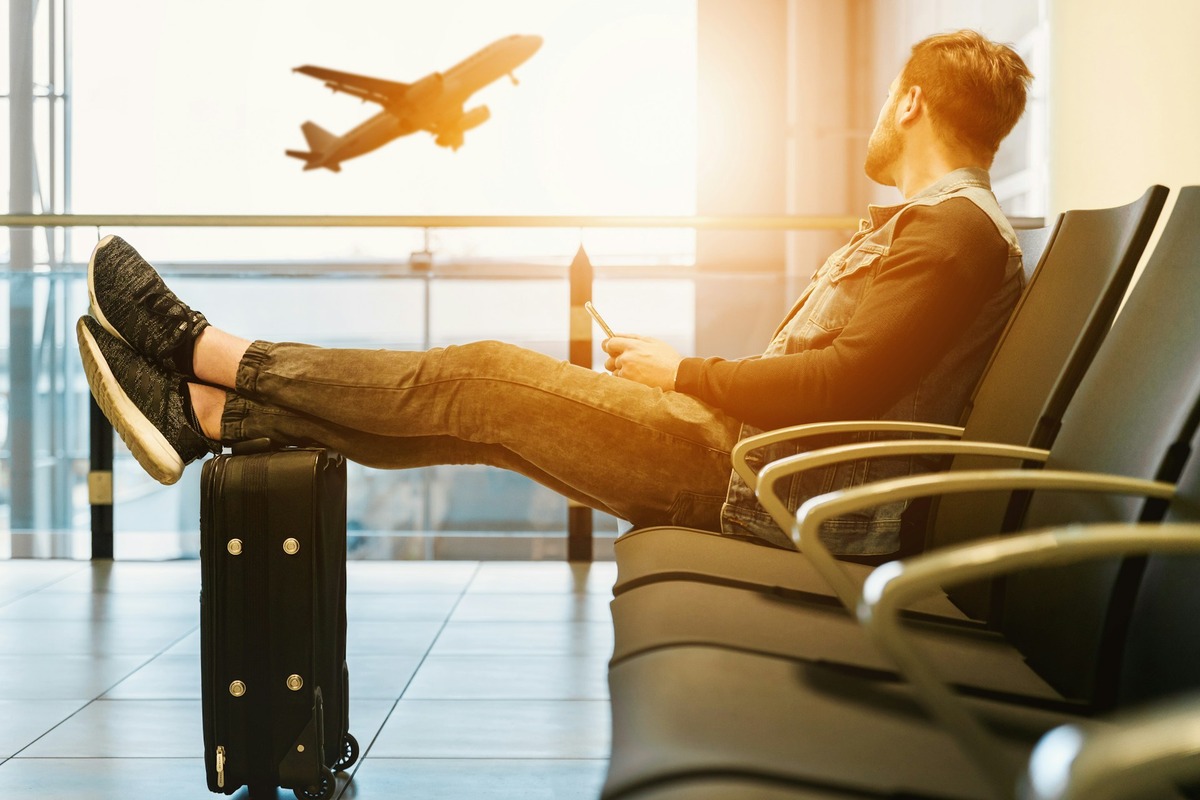Key Takeaways
- Discover the reasons behind the increase in private jet travel post-pandemic.
- Understand the benefits and considerations of using private jets.
- Learn about the environmental impact and innovations in the industry.
Introduction
The COVID-19 pandemic has dramatically reshaped how we approach travel. As countries imposed restrictions and health concerns became paramount, travelers began seeking alternatives that offered safety, flexibility, and a sense of control. Among the most notable shifts was the rising popularity of private jet travel, which offered not only a means to avoid the constraints of commercial flying but also a way to travel with enhanced privacy and comfort. With services like International Jet providing tailored travel experiences, many are now embracing private jets as a preferred mode of transportation, not just as a luxury choice but a practical one.
Private jet travel offers a unique blend of convenience and comfort that appeals to a wide array of travelers, from business executives needing to attend international meetings at a moment’s notice to families looking for a safe and efficient way to go on vacation. This trend has been buoyed by an increased appetite for exclusivity and control over travel arrangements, allowing passengers to avoid the unpredictable nature of commercial airline schedules and crowded airport terminals.
The Appeal of Private Jet Travel
Personalized Experience
Flying privately is synonymous with luxury, but it’s more than just opulence; it’s about the personalized experience it offers. Passengers enjoy an array of tailored services that elevate the travel experience, from customized gourmet menus to the selection of in-flight entertainment. They can also choose exactly who shares the cabin, ensuring that interactions are limited to familiar faces. This aspect of personalization extends to pre-flight and post-flight services as well, with private lounges and bespoke transportation options further enhancing the travel experience. Privacy and comfort are at the forefront, as travelers can escape crowded commercial flights and enjoy a much-needed respite, all while maintaining their own schedules and preferences.
Convenience and Flexibility
Flexibility is another compelling draw. Unlike commercial airlines, which dictate their schedules months in advance, private jet travelers can configure their itineraries to suit personal needs. Whether it’s a last-minute meeting or a spontaneous weekend getaway, private jet travelers can set their departures without the typical constraints of commercial flying. They can leave from and arrive at a wider variety of airports, closer to their final destinations, thereby saving time and reducing the hassle of layovers and long security lines. This unparalleled level of convenience makes it an ideal choice for those with dynamic schedules or those who simply value their time.
Economic Factors Influencing the Trend
The economic landscape has played a significant role in the uptick of private jet travel. As consumer spending patterns evolved post-pandemic, so did the demand for exclusive and flexible travel options. This shift wasn’t just about an increase in disposable income but also about a reassessment of priorities, with more individuals placing a premium on experiences that offer both convenience and safety. According to Bloomberg, the aviation industry has observed a significant shift in how and why people choose to fly, with a greater emphasis on value in time and service. The pandemic forced many to reconsider the true cost of travel, not just in financial terms but in terms of health and well-being, leading to a growth in private aviation services that seem poised to continue.
Health and Safety Considerations
In today’s climate, health and safety have become paramount considerations for travelers. Private jets offer a controlled environment, significantly reducing the number of touchpoints and interactions with other passengers and staff compared to commercial flights. Traveling with a known group of people or even solo allows passengers to maintain a safety bubble that aligns closely with current health guidelines, making it a favorable option during the pandemic and beyond. This assurance offers peace of mind and is one of the compelling reasons why private jets have become more attractive to those who might not have considered them before. Health considerations have transcended the pandemic context, influencing long-term travel preferences by shaping a travel culture that increasingly values safety and personal space.
Environmental Impact and Innovations
Carbon Footprint
Despite their appeal, private jets often face criticism for their environmental impact, as they traditionally produce a disproportionately higher carbon footprint per passenger than commercial jets. This environmental concern, however, is being actively addressed by the aviation industry, which is mindful of its sustainability responsibilities. Awareness of environmental challenges has grown, leading to increased pressure on the industry to innovate and adapt. While private jets provide unparalleled convenience, there is an ongoing need to balance these benefits with environmental considerations.
Sustainable Innovations
In response, companies are investing in innovative solutions to mitigate environmental impact. From utilizing sustainable aviation fuels to developing next-generation aircraft with lower emissions, efforts are being made to make private jet travel more sustainable. Introducing electric and hybrid aircraft options, increased fuel efficiency technology and offset programs are steps shaping the way forward. This blend of luxury and responsibility is shaping the industry’s future as it strives to meet consumer demand and environmental standards. As innovation continues, the sustainable trajectory of private jets promises not only to reduce carbon footprints but also to redefine how the industry operates.
How to Navigate Private Jet Options
Choosing the right private jet service requires careful consideration. Prospective passengers should evaluate several factors, such as safety records, the range of aircraft available, pricing structures, and the level of customer service offered. It is vital to research the reputations and certifications of operators, seeking testimonials and industry endorsements that reflect quality and trust. Familiarizing yourself with different charter types and membership models can further refine your choice, ensuring that your needs and preferences are met. Understanding the nuances, such as the differences between fractional ownership, jet cards, and on-demand charters, can offer significant insights into making an informed decision that aligns with your travel habits and expectations.
The Future of Private Jet Travel
Looking ahead, the private jet industry is poised for continued evolution. Technological advancements promise increased efficiency and connectivity, offering enhanced in-flight experiences with advanced communications and entertainment systems. While the industry currently caters to predominantly affluent demographics, changing tastes and the introduction of more accessible service levels may invite a broader range of travelers into the fold of luxury air travel. A Forbes article suggests that the continued focus on innovation and sustainability will be central to maintaining and growing the sector’s appeal, making private jets a viable and attractive choice as part of the broader options available in the airline industry.
Conclusion
Private jet travel is becoming an attractive option for those seeking convenience, comfort, and safety. As the industry innovates and adapts to new demands, it remains a fascinating space in the broader landscape of aviation. Whether you’re a seasoned traveler or considering your first charter, private jets offer a unique way to experience the world from a different altitude. As preferences continue to shift and evolve in our post-pandemic world, the rise of private jet travel reflects broader changes in how we conceive mobility, luxury, and the balance between personal enjoyment and responsible travel.







